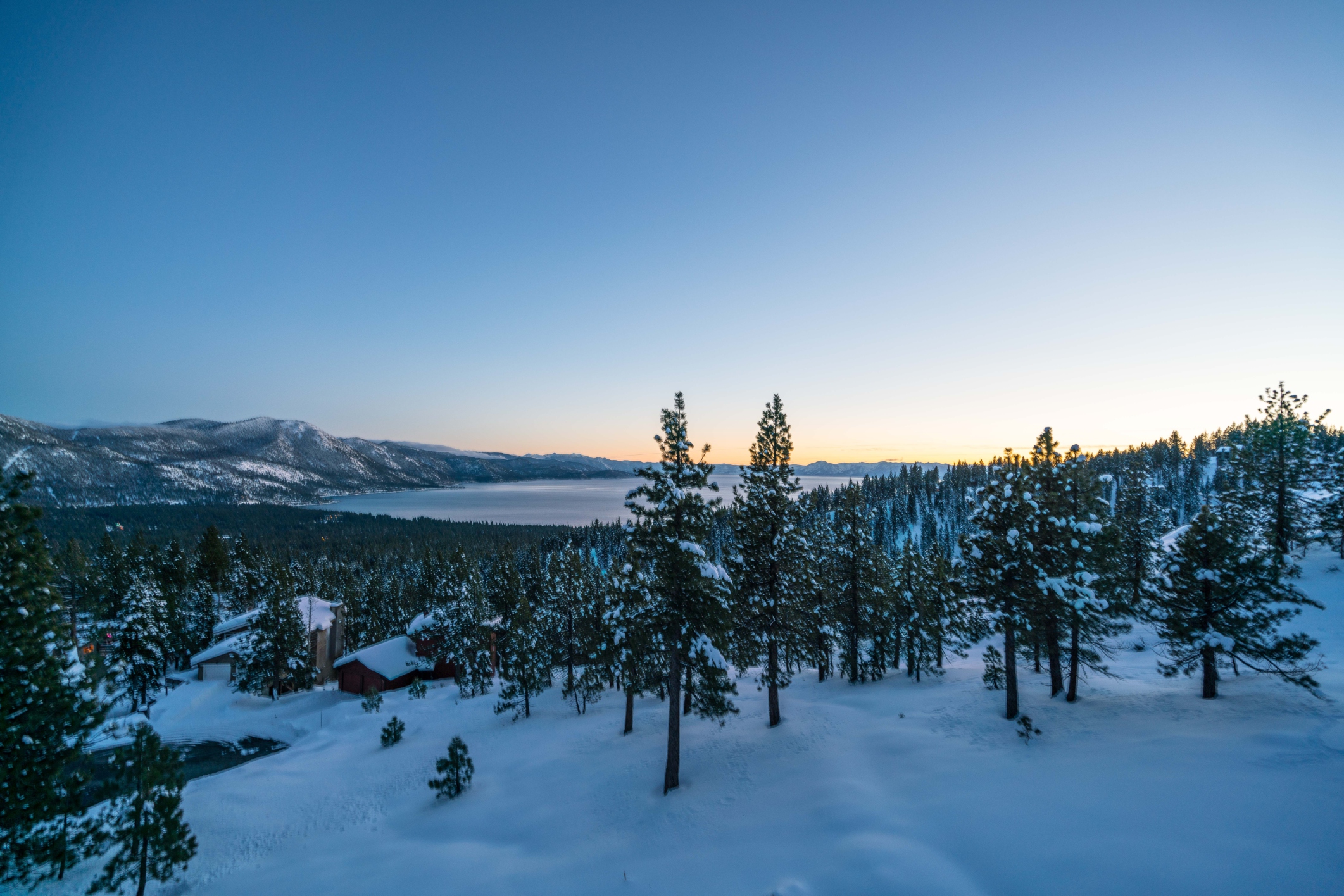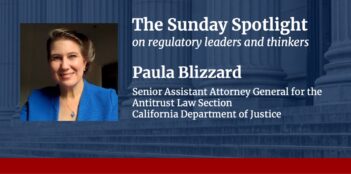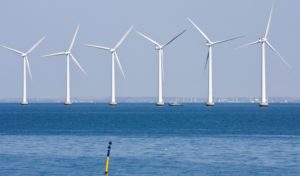
Despite increased precipitation, conservation remains critical.
California is having one of its wettest winters in recent years. The El Niño weather pattern has resulted in higher levels of water in reservoirs and an unparalleled winter sport season. But even as the state celebrates this influx of much needed precipitation, and some question how much more they can cut back on water use, regulators are urging residents to remain vigilant about conservation.
“We made quite a dent, but the drought, it’s not over,” Jim Matthews, a forecaster for the National Weather Service, stated in a recent article. “Most of the reservoir levels are still miserably low.” All but two of the state’s largest reservoirs are currently less than 50 percent full.
Regulators underscore the continued need for long-term planning and solutions. Deputy Secretary of the Interior Michael Connor wrote an opinion article, in advance of El Niño’s arrival, stating that weather alone is not sufficient to end the drought. Connor indicated that his department was committed to increasing investments in scientific data and water treatment technology. He lauded Californians for their conservation efforts, but noted the importance of renewed household cutbacks.
The emergency water conservation rules first adopted last spring remain in place through the end of the month. Recent reports indicate that, between October and November 2015, average water use declined 12 gallons per person, reaching a record low since restrictions began.
Since the rules have been in effect, household water use has declined cumulatively more than 26 percent. But late last year, for two months in a row, California residents did not meet the mandated 25 percent reduction in statewide water use.
Some areas in the state have done better than others. Under existing regulations, the state water board can fine water districts—of which there are more than 400—that fail to comply with conservation mandates. So far, officials have issued fines to four districts, all located in southern California. Beverly Hills District missed its goal by the highest amount, almost 12 percent off the target reduction.
At the end of last year, Governor Brown assessed the state’s drought response and issued an executive order to extend conservation efforts through this fall. Governor Brown directed the State Water Resources Control Board, initially tasked with creating the rules, to consider revising its restrictions.
Following the order, the Board issued a proposal for extending and modifying its regulations. It would relax the conservation targets to some degree, resulting in a “sliding scale” that takes into account region-specific considerations.
For example, areas experiencing population growth or where the climate is hotter—such as Indio and the Coachella Valley, both located in the desert—would be required to meet a lower conservation target.
The regulations would also consider the various drought-resilient measures already taken by districts, such as desalination and recycled groundwater, in setting targets.
Despite the recent rain and snow, the state has “been in such a deep drought that we won’t know until spring whether we can let up on conservation,” State Water Resources Control Board Chair Felicia Marcus stated in a press release.
During the initial public comment period, which concluded in early January, the Board received more than 200 comments.
Environmental groups encouraged the Board to reconsider its proposal for adjusting targets for certain districts.
The Natural Resources Defense Council, Pacific Institute, and California Coastkeeper Alliance submitted a joint comment, stating that they opposed the climate adjustment, because “warmer areas with above average per capita water use have the greatest savings opportunities and thus should be doing more, not less, during the drought.” The groups also urged “long-term, non-emergency water conservation regulations.”
A coalition of coastal and environmental groups echoed the need for longer-term measures, writing to the Board that “water conservation and efficiency improvements are broadly recognized as the least expensive, fastest, and most environmentally-sound way to meet water needs.”
But water agencies expressed appreciation for the adjustments, commenting that the regulations could do still more to create incentives for conservation. Timothy Quinn, executive director of the Association of California Water Agencies, stated in a recent article that his organization is “disappointed” that the proposal “does not fully recognize the importance of local investments in drought-resilient water supplies.”
Earlier this month, the Board voted to extend the regulations until October 2016. Marcus stated in a press release that the board expects “a savings rate greater than 20 percent, but perhaps not quite achieving the prior call for 25 percent.” The Office of Administrative Law has approved the regulations, and they are effective immediately.



